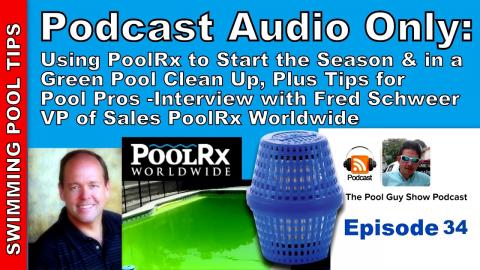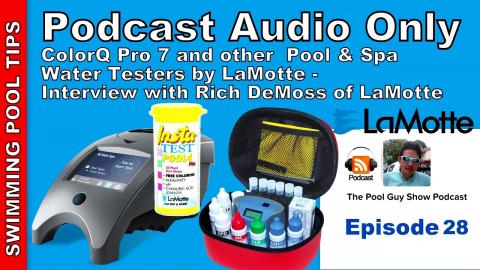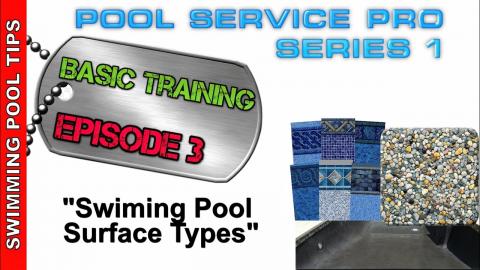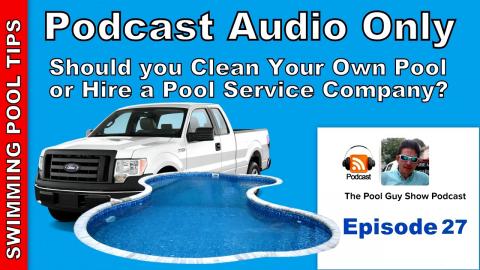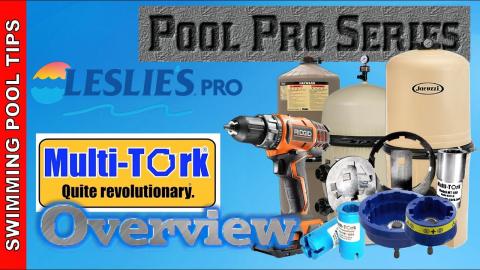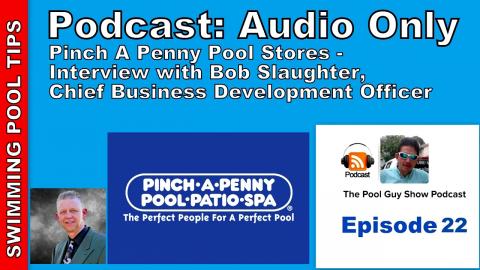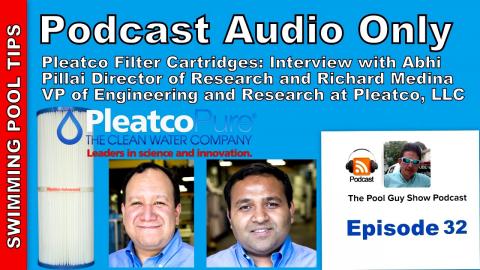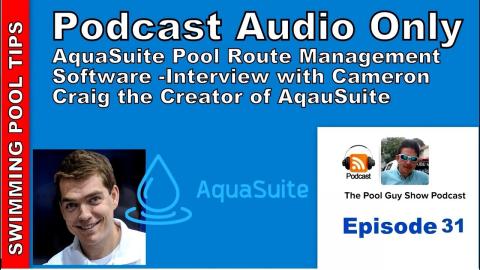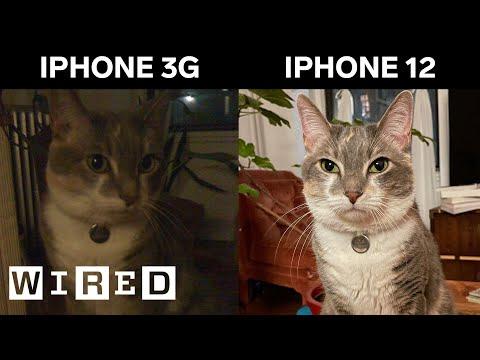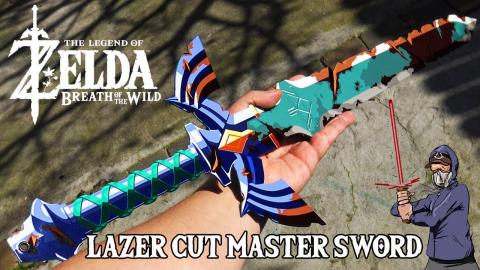Podcast Audio Only - Episode 26: Swimming Pool Filter Types Overview
Description
There are three main swimming pool filter types that you will find in just about in every region of the World. A pool will have either a D.E. Filter, a Cartridge Filter or a Sand Filter. Depending on your region one of these three filter types will be the most common. I will touch on all three filter types in this article and go over the pros and cons of each.
D.E. Filters are the most common filter type in my area so I will touch on these filters first. D.E. Filters or Diatomaceous Earth Filters offer the best filtration of the three types. They use a set of grids or cartridges depending on the filter type and a coating of D.E. Powder (Diatomaceous Earth). The D.E. coats the grids and acts as a barrier trapping dirt, debris, algae and organic particles. This allows a D.E. Filter to filter down to an amazingly low 3 microns.
A little about what a micron is for you:
A "micron" is an abbreviated term for "micrometer", or a millionth of a meter (1/1,000,000 meters). This is about .00004 inches. For Size comparison, a human red blood cell is about 5 microns across. A human hair is about 75 microns across (depending on the person).
So a micron is a very small measurement and a D.E. Filter will give you the best water quality of the three filter types.
Another benefit of a D.E. Filter is that the design allows for a very small amount of filter sq ft area to keep your pool crystal clear. Typical D.E. Filter sizes are 36 sq ft, 48 sq ft, 60 sq ft, and 72 sq ft (they also make a 100 sq ft Quad D.E. Filter). So you can easily get away with using a 48 sq ft D.E. Filter on a 20,000 gallon pool. So don't let the smaller sq ft size fool you into thinking that a D.E. Filter is inferior to say a 200 sq ft Cartridge filter or a 300 lb Sand Filter. The D.E. Filter just utilizes the sq ft of filtration area much more effectively with the coating of D.E. on the grids (or cartridges in the case of a Quad D.E. Filter). Another benefit is the ability to backwash a D.E. Filter in between cleaning it.
The drawback of D.E. Filter is that they can be messy to take apart and clean, especially if your backyard is all cement. The old D.E. powder can linger for months. They can also be challenging to take apart and clean. Many cities require it to be plumbed to a P-Trap or ban them entirely.
A Cartridge Filter is an excellent choice for any size pool and in fact they make cartridge filters as small as 20 sq ft up to 500 sq ft. They are excellent at filtering the water and will filter down to as low as 15-20 microns. Cartridge filters are a cloth like material and the dirt, algae and particles will stick to the cartridge and allow clean water to flow through. Much like any cartridge filter that you use for water purification.
The benefit of a cartridge filter is that they are easy to clean. Simply remove the cartridge and hose it off. The downside of this is that you cannot backwash a Cartridge Filter so when it gets dirty you need to take it apart and clean it. So figure that depending on the size of the Cartridge Filter you will be taking it apart and cleaning it every month to every 4-6 months.
A Sand Filter has the poorest filtration of the three and will filter down to only about 40 microns. A Sand Filter uses sand to filter the water, as water passes through the filter the sand inside traps the dirt and other particles allowing for clean water to return to the pool. So the major drawback of a Sand Filter is the filtration quality when compared to say a D.E. Filter.
The benefits of a Sand Filter is that they are very easy to maintain. When the filter PSI gets above the clean mark by 10 PSI, simply backwash the sand filter. No need to really ever take a Sand Filter apart unless you are going to change out the sand. That is why sand filters are so popular at Commercial service accounts. You can also vacuum to “Waste” Mode in most cases with a Sand Filter which is another plus. But the poor quality of the filtration would make a Sand Filter my last choice on a large residential pool. If you have a small above ground pool then a Sand Filter would be fine as it is simple to operate and you are only talking about 3,000 to 6,000 gallons of water.
Another benefit of a sand filter is that they make very large sizes so if you have a 40,000 gallon pool you can get a pretty huge Sand Filter installed.
So those are the three filter types and as you can see I prefer D.E. Filters as my first choice, the Cartridge and last Sand Filters unless it is a Commercial Account or a small Above Ground Pool.
Related Videos:
D.E. Filter Tips, Tricks & Troubleshooting: http://youtu.be/G4Z21aoJI0g
Cartridge Filter Tips, Tricks & Troubleshooting: http://youtu.be/9UxcroxLckU
Sand Filter Tips, Tricks & Troubleshooting, Sand Filter Part 1: http://youtu.be/4yXD5O6_1-8
Visit my Website: http://www.swimmingpoollearning.com/
eBook: https://www.swimmingpoollearning.com/swimming-pool-care-ebook


